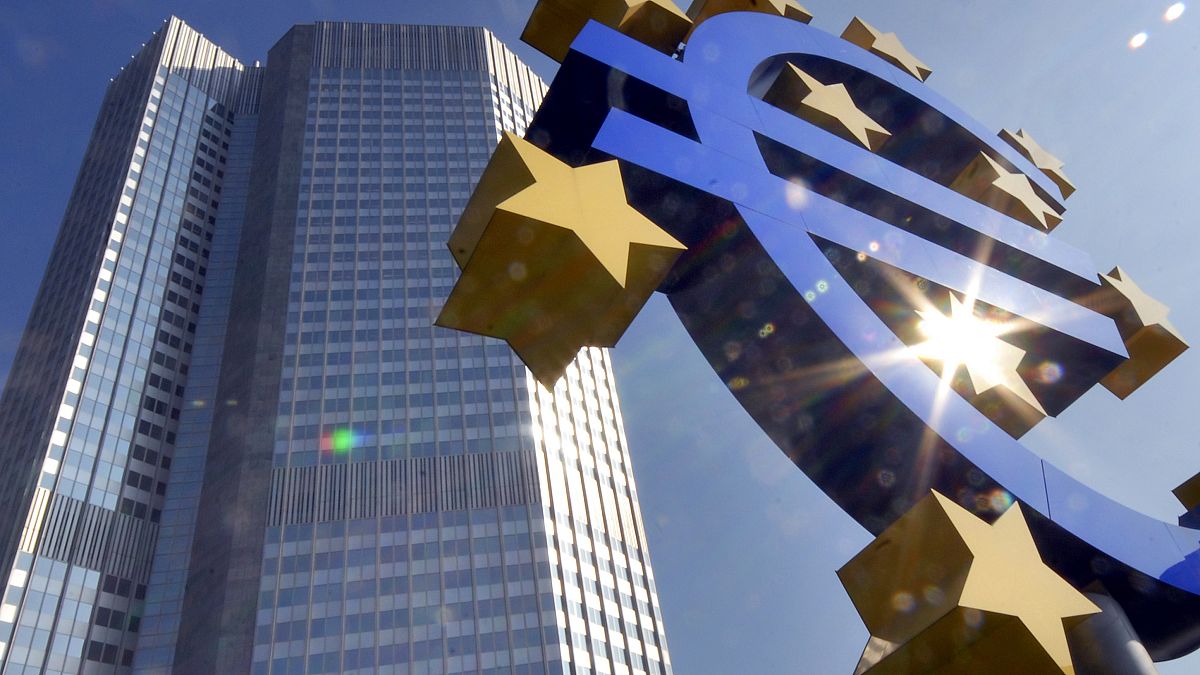Despite the meteoric performance of the EU banking stocks, the sector may encounter challenges amid the EU elections, with the joint deposit insurance policy still unresolved.
Big European banks have been experiencing robust growth due to a resurgence in deal-making and high investment banking revenue. The Euro Stoxx banking index (SX7E) is up 19%, while the Euro Stoxx 600 Index (SXXP) rose nearly 9% this year. The index has also beaten its US peer, the SPDR Select Sector Fund (XLF), which climbed 9% year-to-date.
The primary reason that led the sector to outperform was major big banks’ first-quarter earnings topped a low bar of market expectations, which may also provide opportunities for further valuation upgrades. However, the imminent EU Parliamentary Elections may bring uncertainties to the sector. The new leadership is yet to address a joint deposit insurance policy that had been raised again by the incumbent ruling party.
Europe’s banking union yet to be completed
In April, the European Parliament body approved a plan to establish a joint deposit insurance pool for the European Union’s (EU) banks. This was in response to rising banking system risks following the collapse of US regional banks and Credit Suisse’s failure last year. The measure aims to establish a broader European Deposit Insurance Scheme to implement joint deposit protection.
Indeed, European leaders recognised the need to establish a banking union in response to the global financial crisis (GFC) in 2008, with the goal of enhancing the stability and integrity of the banking system within the European Union (EU), especially within the Eurozone. The joint deposit insurance scheme, introduced in 2015, constituted one of the three pillars in the framework of the European Banking Union. These three pillars encompass the Single Supervisory Mechanism (SSM), the Single Resolution Mechanism (SRM), and the European Deposit Insurance Scheme (EDIS).
While the first two parts were implemented in 2013 and 2014, the joint deposit insurance scheme has been controversial, posing a roadblock for the unity of cross-border banks. The joint deposit insurance aims to provide liquidity support to scheme participants, with all other contributors obliged to lend funds if requested by the board. It grants authority to the single resolution board to utilise and manage the fund.
The scheme faced opposition from member countries, with bank lobbyists in member countries voicing particular concerns. They raised apprehensions that a shared insurance scheme might diminish incentives for banks and national regulators to prudently manage risks, as they might rely more on the collective safety net. This certainly presents challenges amidst a resurgence of right-wing parties garnering public support, which typically hold critical views of the European Union.
Big EU banks post positive results in the first quarter
Having come a long way, European banks have made significant progress since the European debt crisis between 2008 and 2012. According to a report by Bloomberg, 71% of European banks surpassed market expectations in their first-quarter earnings this year.
Spanish banks have demonstrated particular strength as they benefited from higher interest rates, thereby boosting their lending income. Over the past decade, banks in the country have managed to enhance their efficiency by reducing staff and branches.
The revenue of the Spanish flagship lender, Santander jumped 10% year on year in the first three months of this year, driven by growing lending income due to the high interest rate. Its domestic peer, Banco Bilbao Vizcaya Argentaria SA, also saw an 18% jump in gross income during the same quarter. Both banks said they were on track to meet their targets set for this year, with their shares up 22% and 14% respectively year-to-date. Santander surpassed the French peer, BNP Paribas in market valuation, taking back the crown as the largest bank in the EU.
Other major banks, including Italia’s largest bank, Intesa Sanpaolo SpA, also reported an 18% annual jump in its net income amid higher fees from wealth management and insurance divisions. Shares of Intesa are up 32% this year. Additionally, the German lender, Deutsche Bank’s net profit increased by 10% year on year, buoyed by its investment banking recovery, with its shares advancing 21% thus far in 2024.
In contrast, French banks have only posted modest gains due to their reliance on fixed-rate mortgages. The largest financial institution in France, BNP Paribas, reported a net income decrease of 2.2% and a 0.4% drop in revenue during the first quarter.
Nonetheless, the results still exceeded analysts’ expectations. Meanwhile, its investment banking segment, comprising the deal advisory and financing teams, is viewed as a key driver for its further growth. The division reported a 6.1% increase in global banking revenue. BNP is the biggest laggard among the EU’s major lenders, with its shares only up 5% year-to-date.
Risks ahead
To conclude, while banks may maintain their growing momentum, a potential risk may be ahead amid the outcome of the EU elections. Banking systemic stability can be challenged during a time when there is no integrated solution in response to a “bank-run” type of crisis.

